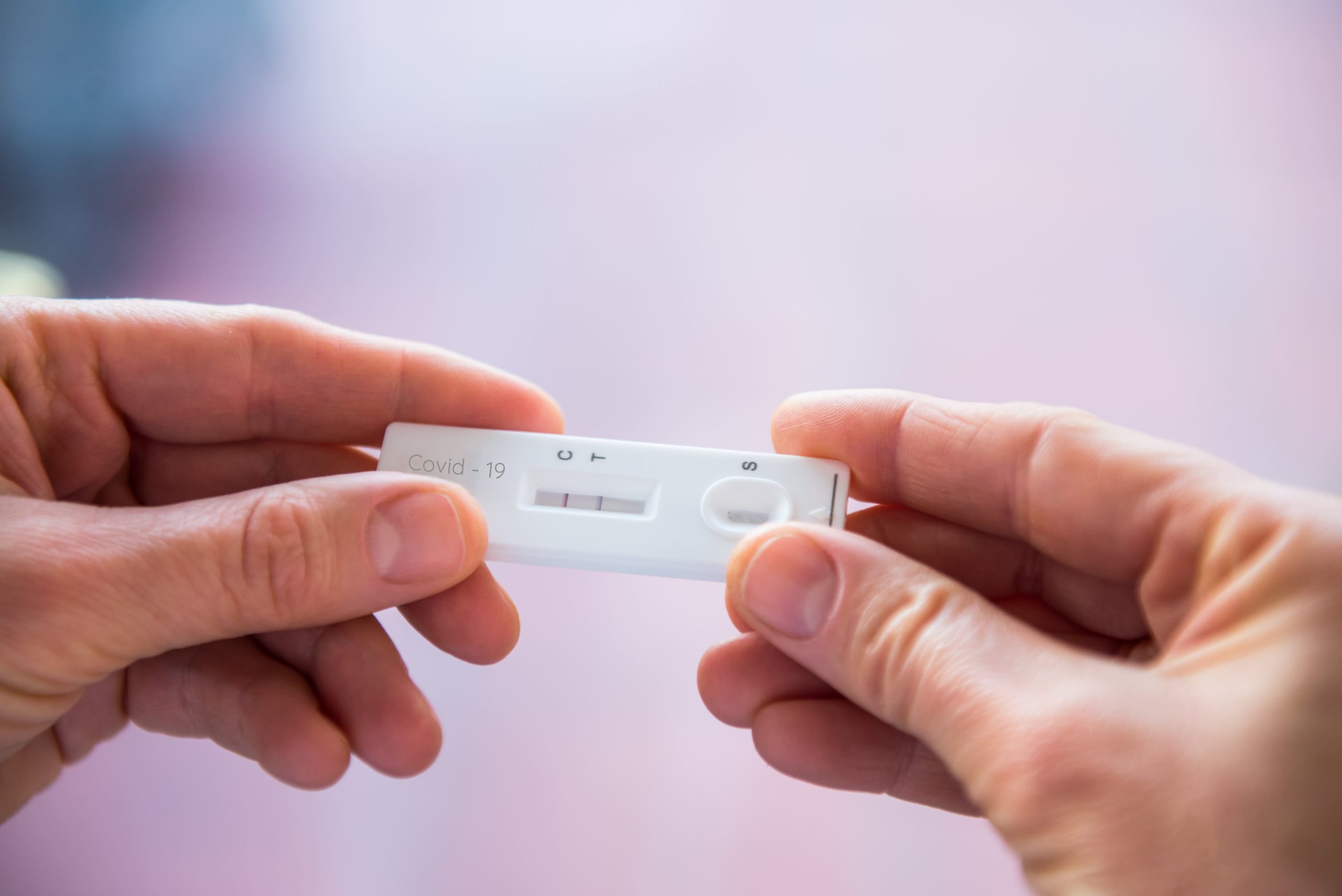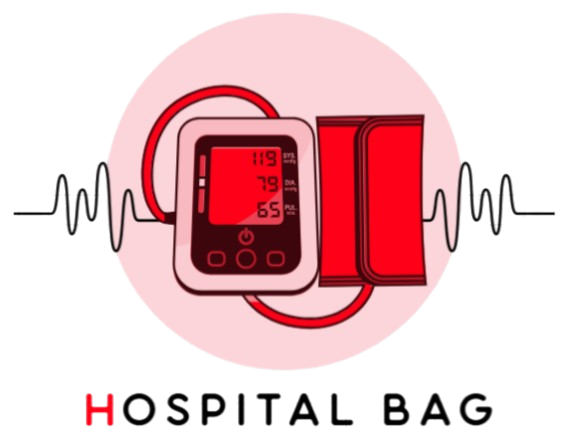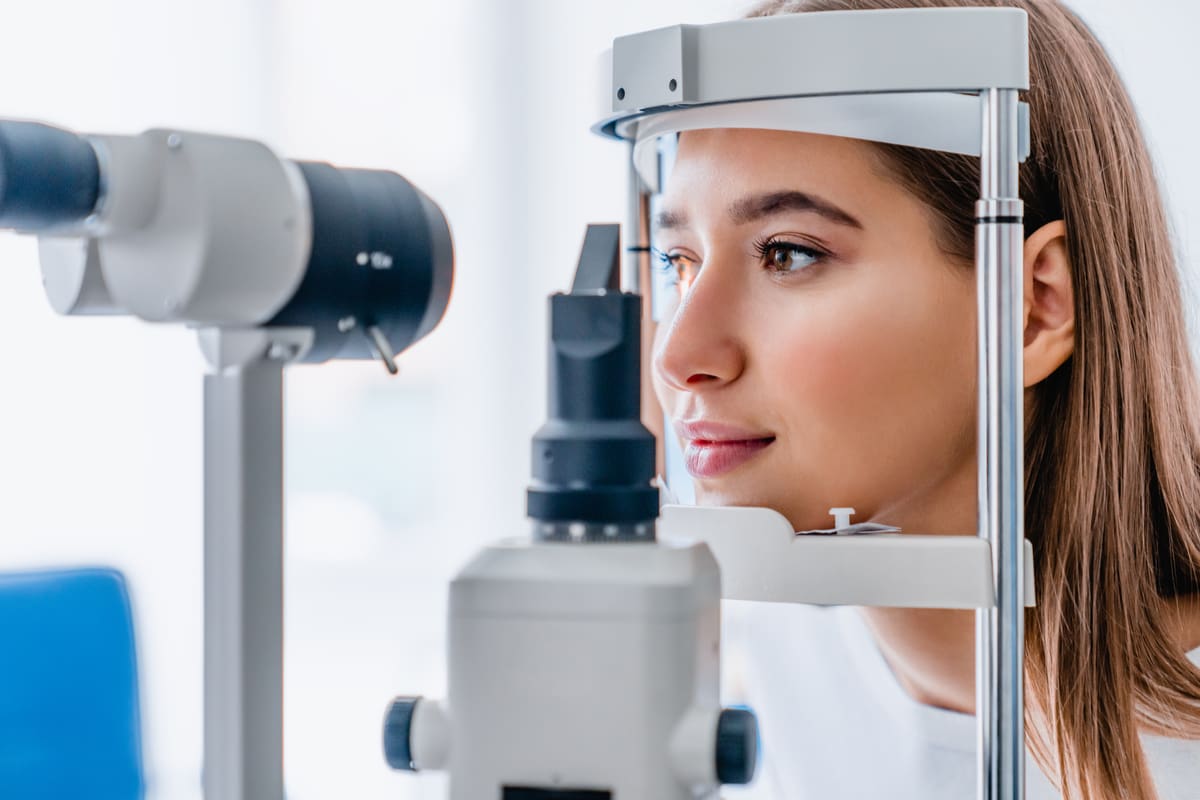
At-home rapid testing has revolutionized the way we diagnose and manage various health conditions. These tests provide quick and accurate results in the comfort of your own home, saving time and reducing the need for unnecessary doctor visits. At home rapid testing has become increasingly popular, especially for conditions like sexually transmitted diseases (STDs) and COVID-19.
The Science Behind Rapid Tests
Rapid tests work by detecting specific antigens or antibodies in a sample, such as blood, urine, or saliva. Antigens are substances that trigger an immune response, while antibodies are proteins produced by the immune system to fight off infections.
Most rapid tests use a lateral flow assay, similar to a pregnancy test. The sample is applied to a test strip, which contains antibodies that bind to the target antigen or antibody. If the target is present, a colored line appears on the strip, indicating a positive result.
Benefits of At-Home Testing
At-home rapid tests offer several advantages over traditional laboratory tests:
- Convenience: You can perform the test at home, without the need to visit a doctor or lab.
- Speed: Results are available within minutes, allowing for quick decision-making and treatment.
- Privacy: At-home testing provides a discreet way to test for sensitive conditions like STDs.
- Cost-effective: Rapid tests are often less expensive than laboratory tests, especially when considering the cost of a doctor’s visit.
Types of At-Home Rapid Tests
At-home rapid tests are available for a wide range of conditions, including:
- STDs: Tests for chlamydia, gonorrhea, HIV, syphilis, and other common STDs.
- COVID-19: Antigen tests that detect active infections and antibody tests that determine past exposure.
- Fertility: Ovulation and pregnancy tests.
- Urinary tract infections (UTIs): Tests for common bacterial infections of the bladder and urethra.
- Blood glucose: Monitoring tests for diabetes management.
Ensuring Accurate Results
To ensure accurate results, it’s essential to follow the instructions provided with the test kit carefully. This includes:
- Collecting the sample correctly, such as obtaining enough blood or urine.
- Storing the test kit properly, usually at room temperature and away from direct sunlight.
- Reading the results within the specified time frame, as waiting too long can lead to false positives.
If you have any doubts about the results or experience persistent symptoms, it’s always best to consult a healthcare professional for further guidance.

The Future of At-Home Testing
As technology advances, we can expect to see more sophisticated and accurate at-home rapid tests. Researchers are working on developing tests for a broader range of conditions, such as cancer and genetic disorders.
Additionally, the integration of at-home testing with telemedicine services will likely expand, allowing for remote consultations and treatment plans based on rapid test results.
Empowering Personal Health Management
At-home rapid testing empowers individuals to take control of their health by providing quick and reliable information. By detecting potential health issues early, these tests can lead to timely treatment and better outcomes.
As always, it’s essential to use at-home rapid tests as a complement to, rather than a replacement for, regular check-ups and open communication with healthcare providers. Together, these tools can help us maintain optimal health and well-being.






